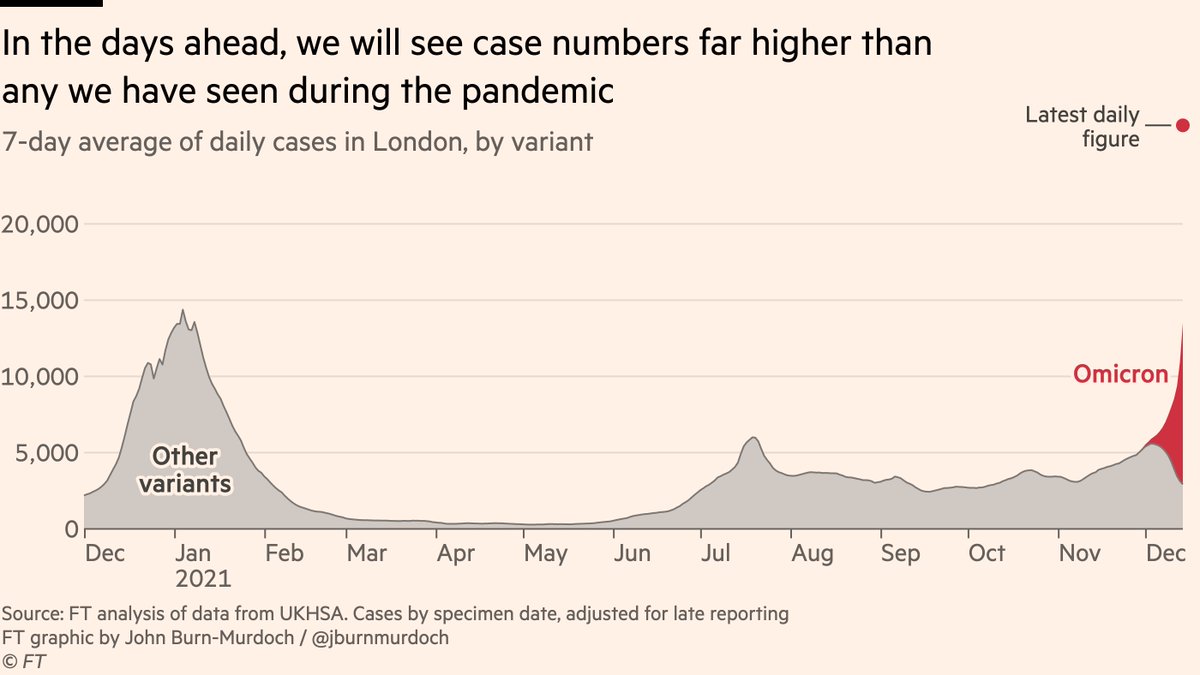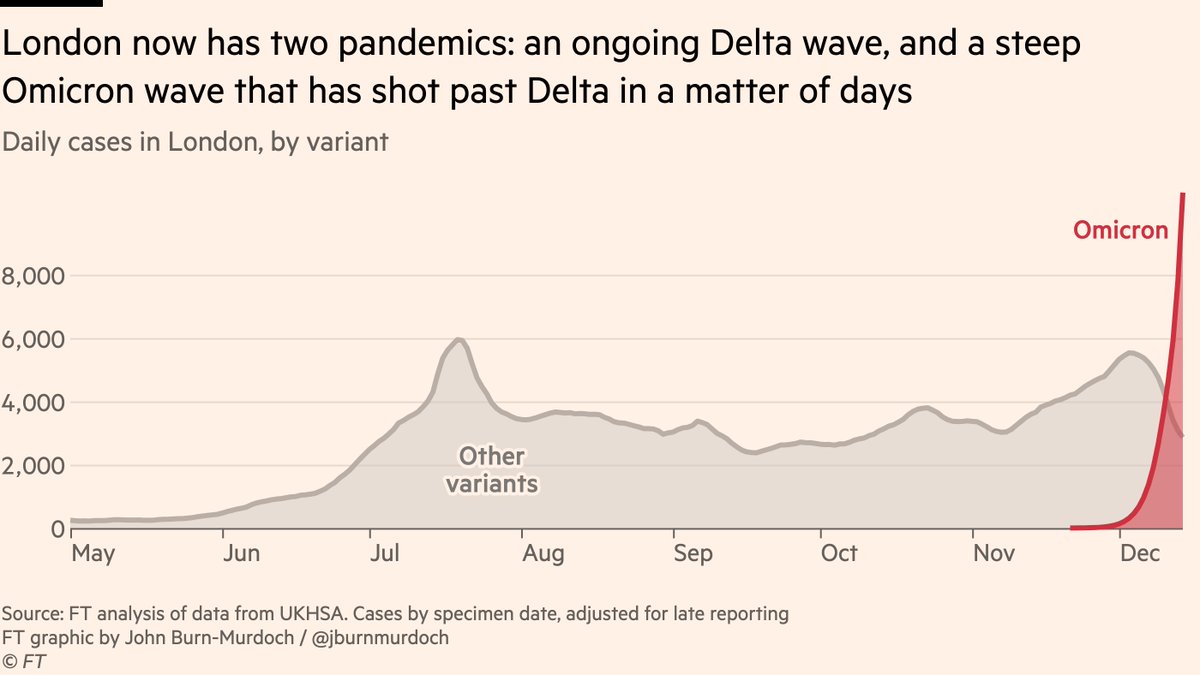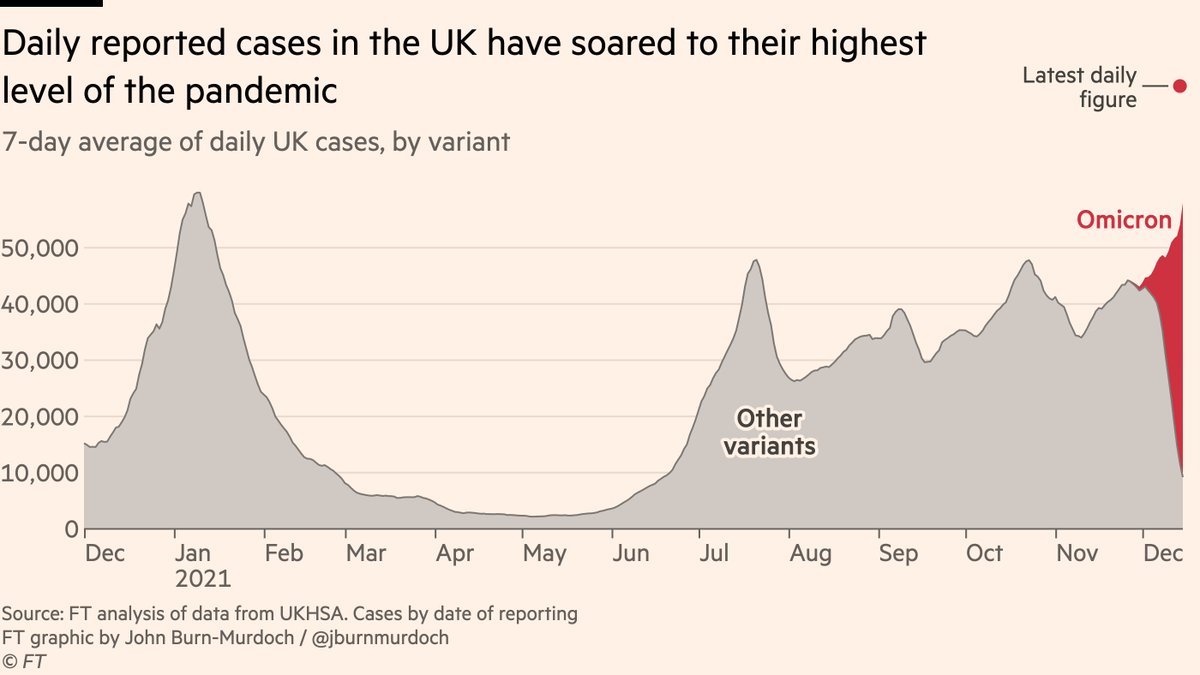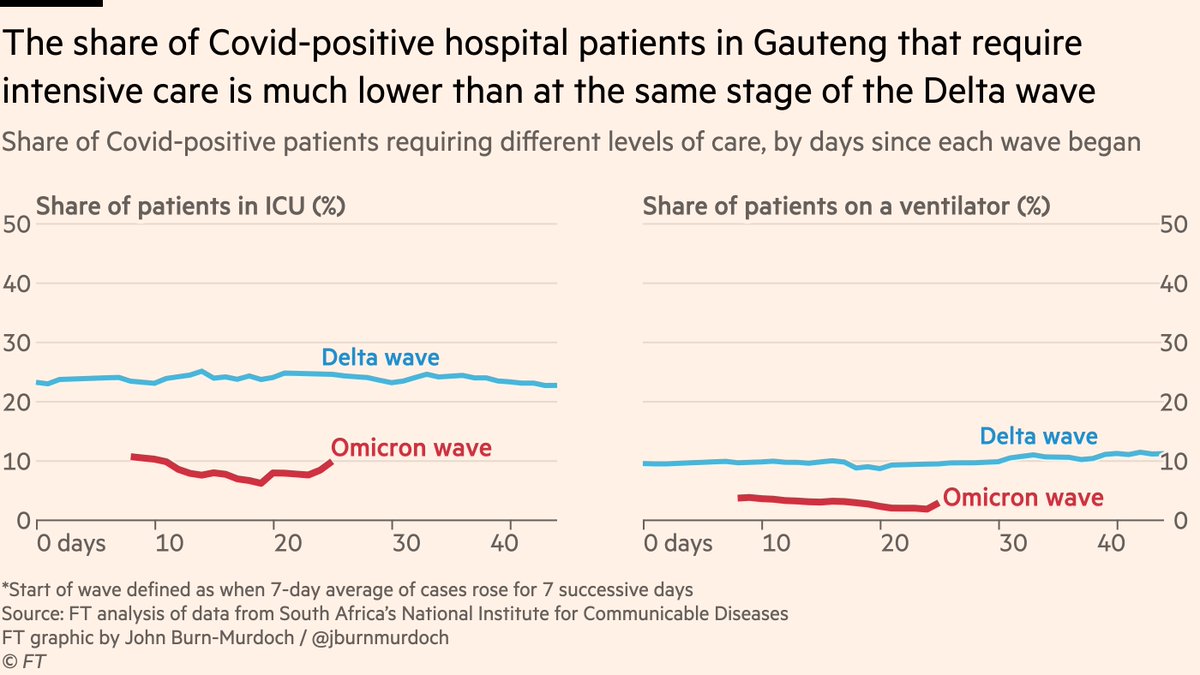
For no particular reason ...
A Sunday thread highlighting just a tiny sample of the brilliant women whose tireless work has shaped my understanding of Covid-19
A Sunday thread highlighting just a tiny sample of the brilliant women whose tireless work has shaped my understanding of Covid-19
To kick off, who else but @chrischirp — staggeringly clear, accessible science communication throughout the pandemic, sharing critical data and charts virtually round the clock! Half the time I'm scrambling to catch up with my own work
@nataliexdean — creator of some of the most powerful, accessible visual communication on Covid that I've seen, certainly far more effective than anything of mine! Just consistently outstanding
https://twitter.com/nataliexdean/status/1468988174693289994
@mugecevik — Muge's brilliant, detailed, clear threads have been teaching me everything I know about the virus since early 2020. Nailed so many critical points before anyone else
https://twitter.com/mugecevik/status/1257392347010215947
@kallmemeg — vital work breaking down the UKHSA reports into language the person on the street can grasp. An invaluable skill that is belatedly being recognised
https://twitter.com/kallmemeg/status/1471167691788587014
@firefoxx66 — working almost 24/7 to distill enormously complex data into clear summaries of the variant situation at covariants.org. We would all be in a much darker and more uncertain place without Emma and her team
@Rukmini — tirelessly and almost single-handedly telling the story of India's pandemic, tracking data that the authorities wouldn't and showing the world what was coming with Delta. Buy her book!
https://twitter.com/rukmini/status/1465267504524115972
@EpiEllie — brilliant science communication as Covid took hold in the US, and on several occasions rightly pointed out issues where my charts were potentially misleading
@flodebarre — striving to unpick the variants puzzle in a country that doesn't make it easy, and casually dropping outstanding graphics along the way
@dgurdasani1 — an unwavering voice highlighting the risk Covid poses to the most vulnerable, and an invaluable sparring partner for me who has opened my eyes to several key issues
@statsgeekclare — oh no biggie just running the UK's Covid dashboard team that presents far more information, far more clearly and accessibly, than any other country's dashboard in the world. Without that data I'd have made about four Covid charts in two years
@mgmgomes1 — a razor-sharp mind and brilliant mathematician whose insights are leagues beyond most others' and has completely transformed my understanding of the pandemic's past, present and future on multiple occasions
@SarahDRasmussen — another world-class mathematician who has time and again come up with analyses that would never have crossed my mind, and have completely changed my thinking
This list is obviously only the tip of the iceberg so I'll end with
• A call to follow @DearPandemic, who highlight the invaluable but often unsung work of women in not only communicating the pandemic but doing the science that fights back against Covid and saves countless lives
• A call to follow @DearPandemic, who highlight the invaluable but often unsung work of women in not only communicating the pandemic but doing the science that fights back against Covid and saves countless lives
• A call to fellow-journalists to do better at featuring women's voices in our coverage of Covid. This is something I strive to do in my stories, but I've certainly fallen short far too often kcl.ac.uk/news/women-hav…
An observation to finish:
A response I often get from women experts on Covid when seeking comment: "thanks, but I don't think I have much to add to what has already been said"
From blokes? Not so much
Please give us quotes, you have just as much to add as the men, if not more!
A response I often get from women experts on Covid when seeking comment: "thanks, but I don't think I have much to add to what has already been said"
From blokes? Not so much
Please give us quotes, you have just as much to add as the men, if not more!
But to be clear, this is about far far more than [some] women being less eager than [some] men to weigh in, and it's remarkable how often structural gender inequality also plays a big role in who is available to chat and who isn't.
Just to be clear folks, this list was never meant to be exhaustive — really the full list is about as long as there are women in Science — but a few particularly glaring omissions that I am mortified about are:
1) @devisridhar who has time and again calmly and clearly set out where we are, where we're headed and what we should be doing about it, all while remaining even-handed and unfailingly positive
2) @VirusesImmunity who has been delivering clear and comprehensive immunology courses for free on here for 2 years (read this one in the context of third doses as well as seconds)
https://twitter.com/VirusesImmunity/status/1345086669607890945
3) @SMHopkins of UKHSA who has been a consistent and clear communicator throughout the pandemic and has expertly led countless technical media briefings that have left us all infinitely more informed
4) How on earth did I write this list without including @zeynep, who has time and again been right about Covid where others have been wrong, and is probably my single most recommended follow on Twitter (both for Covid and everything else)
And again, this list is not and cannot possibly be exhaustive. Please add your own names, and check out the threads and lists that dozens of women have written today
https://twitter.com/janemerrick23/status/1472517574378278916
• • •
Missing some Tweet in this thread? You can try to
force a refresh














